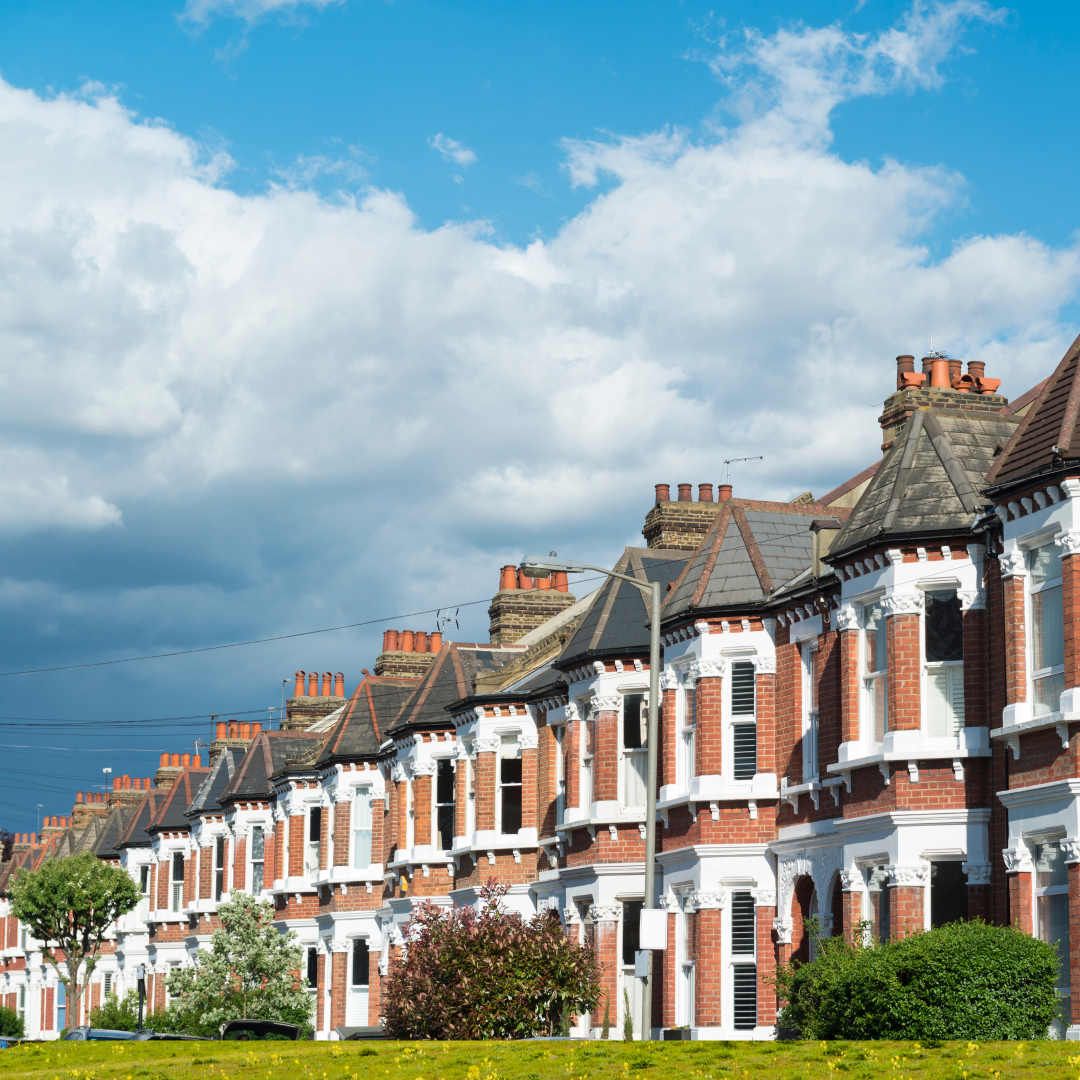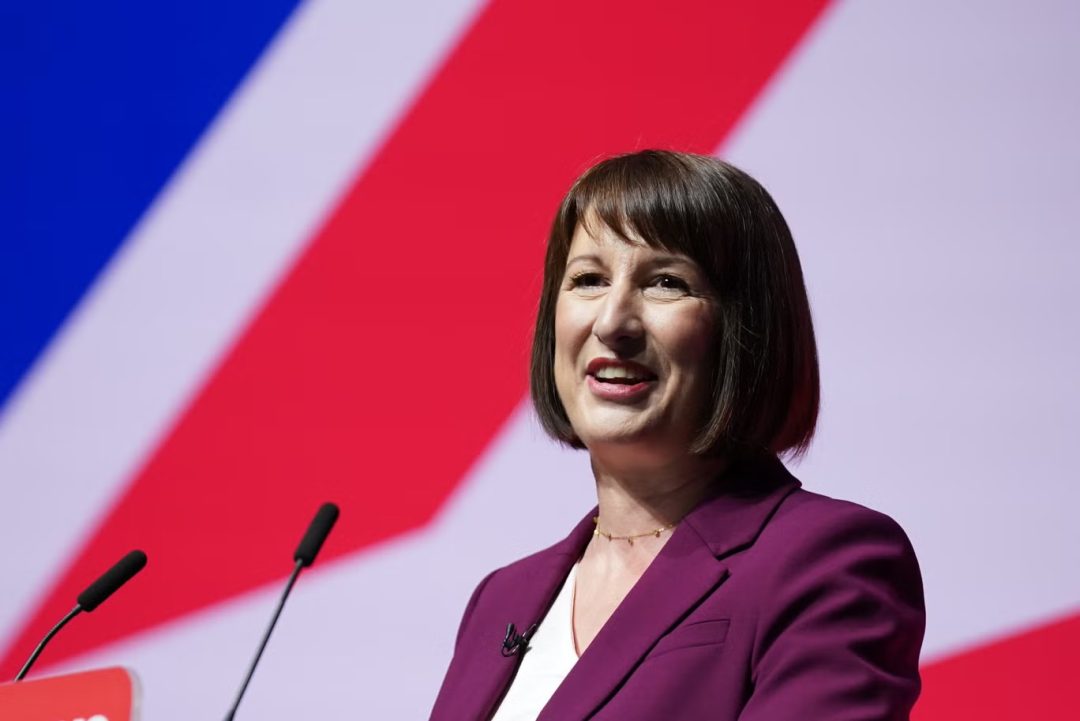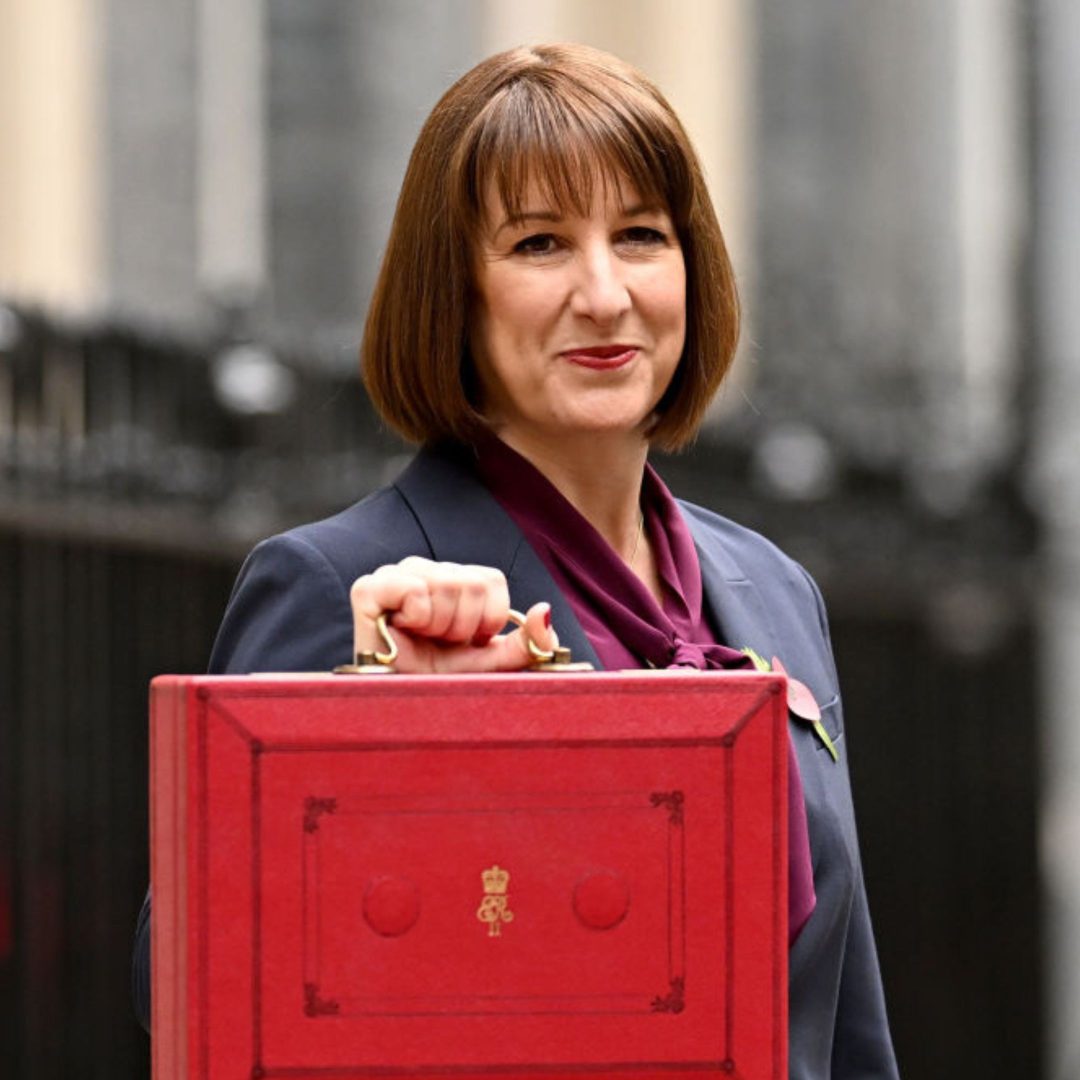Rent Certainty
The Government has floated a ten year deal for social landlords allowing them to raise rents by CPI (inflation) plus 1 percent for a decade. This is not unusual for service organisations as organisation costs tend to track wage inflation rather than consumer inflation. However anything which takes costs progressively higher than the inflation rate raises the eyebrows, particularly of the people paying the bill. Social landlords and their representatives have welcomed the proposal as balance sheets have been hit by increased maintenance costs and requirements.
But is it fair.
The problem is that the rents tenants pay reflect less and less the quality of the accommodation and more and more the date at which their tenancy started. You could have three properties side by side, each with completely different rents as one is on a historic social rent, another a target rent (based upon an arcane formula) following a more recent relet and the third was converted to an affordable rent several years ago.
My (probably controversial) view is that in general social rents are too low and affordable rents too high and just adding CPI + 1% each year to each rent just exacerbates the unfairness. Now for some maths. Take these three tenants in the identical houses:
Historic Social rent: £85
Target Social rent: £100
Affordable rent: £150
After ten years with CPI averaging at 3% there rents will be:
Historic Social rent: £125.82 an increase of £40.82
Target Social rent: £148.02 an increase of £48.02
Affordable rent: £222.04 an increase of £72.04
Which means that the tenant with the largest rent gets punished with the largest rent rise and the gap in the rent rises from £65 to £96.22. This is for the same house. I struggle to see how this is equitable.
It becomes even more stark if we consider different landlords. Imagine two social landlords each with 10,000 homes the first with mainly social rented housing and the second with mainly affordable rented housing, say average annual rents per annum of £5,000 per property and £7,000 per property.
The first landlord has an annual rent roll of: £50 million
The second landlord has an annual rent roll of: £70 million
Their cost bases may be different, the first may have older homes with higher repair costs and the second may have higher debt costs as they have more newly built homes.
The first landlord would have a total rent of £74m after ten years, the second an increase to almost £104m over the same period. (This assumes no net change in the number of homes). Over the ten year period the higher rent organisation would have generated around £70 million more than the first landlord. These are significant differences.
Now in the real world the first landlord is probably a local authority and the second is a developing housing association. An unintended consequence of the standard CPI +1% formula discriminates against landlords with lower rents and in particular against council housing.
The problem is that applying a flat rate percentage to rents hits tenants with higher rents the most and housing providers with lower rents the most. This is surely the opposite in both cases of what one would want to see.
One solution is ‘rent convergence’ which sees higher social rents reduced and lower social rents increased more significantly to reach parity over time. This ignores the large difference between social and affordable rents.
Social landlord rents have become so drastically out of sync that a bigger rethink is required. The rent formula – based upon the national average rent in April 2000, the property value and average manual work earnings in January 1999 and some factors about the number of bedrooms. This is a ridiculous basis for determining what is affordable now. While the CPI +1 is a sensible holding position we need a national discussion about rent levels and how we can produce a system which is fair both to tenants and landlords. Although, that could take more than ten years to resolve.








